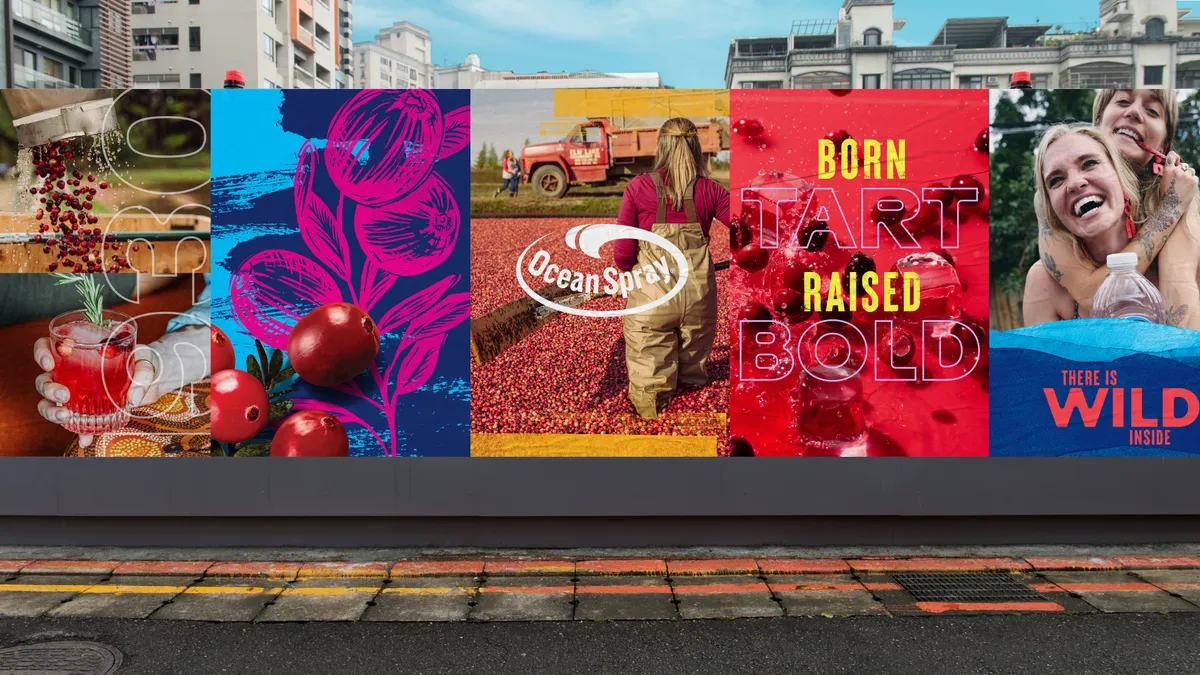In the marketing world, it can be easy to get caught up in numbers, leads, hits, views, sales, and other metrics. That focus sometimes makes it easy to forget that marketing, at its core, is about creating a human connection. However, as many industry professionals have learned, it’s the human element that makes marketing campaigns so difficult to predict.
A useful approach to reconnecting with the human element of marketing is to apply the science of psychology. Numerous psychological studies have been completed throughout the years that can help marketers target campaigns based on human behavior. Humans use psychology—knowingly or not—to interact with each other every day.
To help leverage the knowledge produced by the science of psychology, here are a few studies to help you with your social media marketing strategy:
1. Emotions are contagious
When people interact in real life, their emotions are contagious to others, but does the same reaction happen online as well? That’s one of the questions the University of California, San Diego’s School of Medicine sought to answer with its Detecting Emotional Contagion in Massive Social Networks study. Over the course of two years, the school examined the emotional content of one billion Facebook posts.
The study set out to discover if negative posts from users in locations where it was raining affected the emotions of people on social media differently from the posts from users in locations where the sky was clear. The study found that emotions did in fact spread on social media in a similar way to how they spread in real-life situations.
The most surprising result was that positivity spread at a much more aggressive rate than negative posts from the rain. Each negative post on Facebook prompted about 1.29 negative posts from friends, while a positive post spurred 1.75 more positive posts.
Takeaway for marketers: Be positive in social media content. It will spread positive emotions, and followers will associate that feeling with the brand—increasing the likelihood the content will be shared.
2. People feel a natural need to reciprocate
It turns out the need to give back after receiving something is a common natural tendency. A 2002 study from the Journal of Applied Social Psychology created a social experiment in which restaurant servers delivered a mint with the check. Adding the mint resulted in a 3% increase in tips. Delivering a second mint with eye contact and a vocal message saying the mint was specifically for them resulted in a 20% increase in tips. This simple example represents a larger trend that people want to reciprocate a nice deed.
In a different study on reciprocity, BYU sociologist Phillip Kunz performed an experiment with a simple mailing. Kunz mailed out 600 Christmas cards to random strangers. Over 200 recipients of Kunz’s cards sent a card back—proving that just the act of receiving a card would often prompt a response.
Takeaway for marketers: Offering value and kindness to social media followers will result in similar positive communication in return.
3. Profile pictures are critical to a brand’s image
According to a study from Psychology Science, impressions of a photo of a person’s face are formed within less than one second—in just 40 milliseconds, to be exact. People create an enormous number of assumptions from solely the facial expressions in a photo. The study focused on using photos of the same people, but with slight variations in facial expression.
It turned out that the tiniest change in a person’s face would alter the way people perceived characteristics like attractiveness, competence, creativity, extraversion, meanness, trustworthiness, and intelligence.
Marketer Cyrus Shepard performed his own social media experiment using these psychological principles. Shepard A/B tested his own headshot photos for Google+ until he was able to determine which thumbnail would garner the highest CTR from Google’s search results. The variances in each photo were small, but eventually he found the one that searchers seemed to find most compelling.
Takeaway for marketers: Photos matter, especially the first photo people see—usually the profile photo. Professionals can take a cue from Shepard and play with some A/B testing to find out what works best for their brand.














